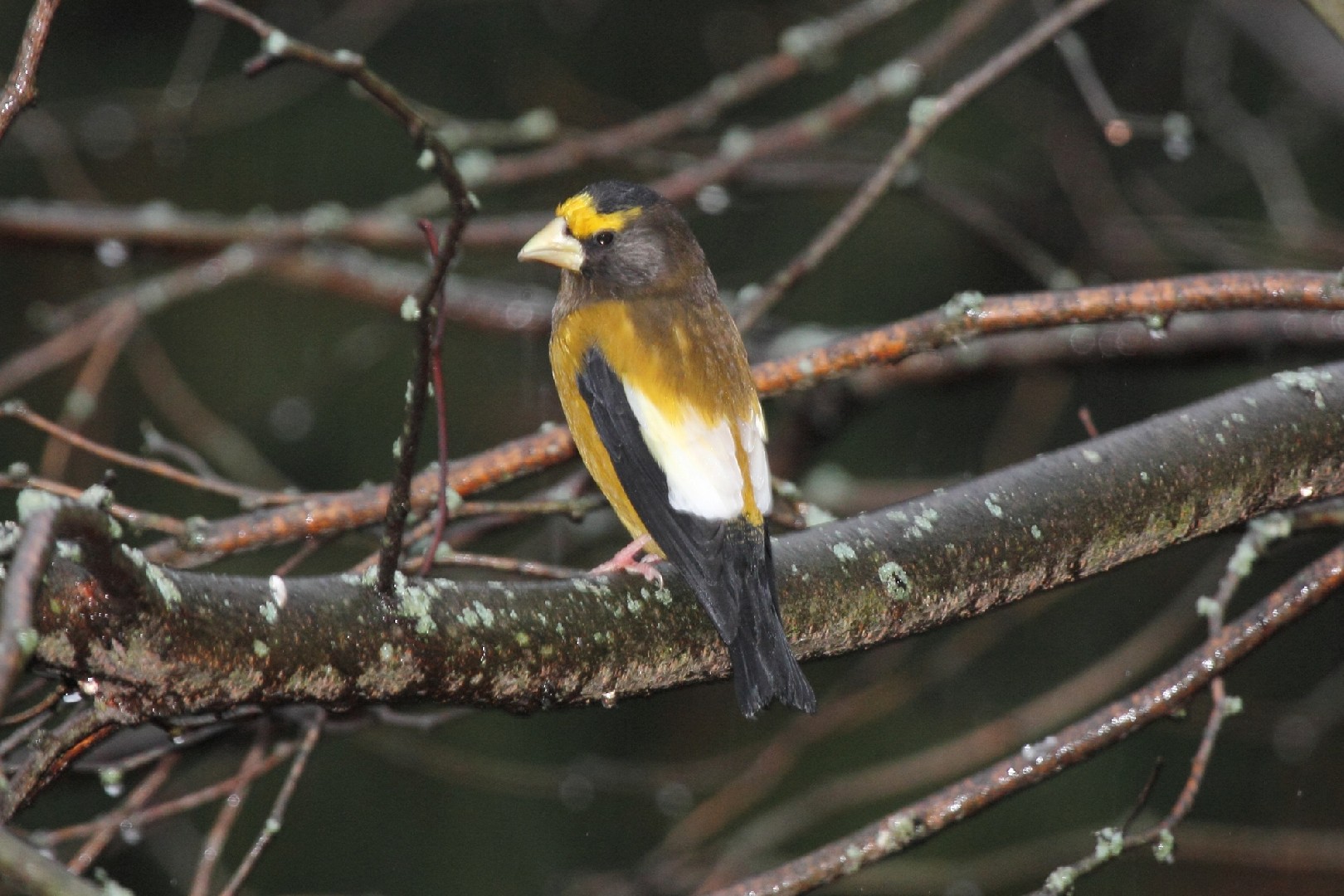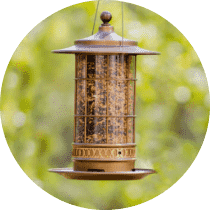Evening Grosbeak
A species of Hesperiphona Scientific name : Hesperiphona vespertina Genus : Hesperiphona
Evening Grosbeak, A species of Hesperiphona
Botanical name: Hesperiphona vespertina
Genus: Hesperiphona
Content
Description People often ask General Info
 Photo By Dominic Sherony , used under CC-BY-SA-2.0 /Cropped and compressed from original
Photo By Dominic Sherony , used under CC-BY-SA-2.0 /Cropped and compressed from original Description
The evening Grosbeak is a large species of finch with declining wild populations. These birds can be found in coniferous and deciduous forests as well as suburban areas where they are known for being rather noisy. The evening Grosbeak is a nomadic species and will travel from one place to the next in search of food. They live up to 16 years and can bear two clutches of eggs per year.
Size
22 cm
Life Expectancy
15 years
Nest Placement
Tree
Feeding Habits
Evening Grosbeak primarily consume invertebrates like spruce budworm larvae and seeds from various trees, including maple and cherry. They also eat fruits such as crabapples and manipulate cherries to extract seeds. Evening Grosbeak forage atop trees, on the ground, or catch insects in flight. They also drink maple sap.
Habitat
Evening Grosbeak primarily inhabit mature and second-growth coniferous forests across northern North America and the Rocky Mountains, where spruce-fir, pine-oak, pinyon-juniper, and aspen trees dominate. They prefer higher altitudes, ranging from 5,000–10,000 feet, especially during breeding in southerly regions, like Mexico's pine and pine-oak woodlands. In winter, they are found in both coniferous and deciduous forests, as well as urban and suburban areas, often gravitating towards small woodlots and bird feeders.
Nest Behavior
The female evening Grosbeak primarily builds the nest, with the male's role in site selection unclear. Nest building precedes the laying of eggs, and the care for the eggs and hatchlings is a shared responsibility of both parents.
Nest Characteristics
Evening Grosbeak typically nests high in trees or large shrubs. Their nests are constructed from small twigs and roots, lined with grasses, fine rootlets, lichens, or pine needles. They create a flimsy, saucer-shaped structure, measuring about 5 inches across and 5 inches high, with a 3-inch wide and 1-inch deep inner cup.
Dite type
Granivorous
People often ask
General Info
Feeding Habits
Bird food type

Black Oil Sunflower Seeds

Hulled Sunflower Seeds
Bird Feeder Type

Large Tube Feeder

Large Hopper

Platform
Behavior
The evening Grosbeak displays a sociable nature, often seen foraging in flocks during winter, though it adopts a more secluded lifestyle in breeding season by forming monogamous pairs or small groups. Typically non-aggressive, evening Grosbeak only display mild territorial behaviors at winter feeders, with males occasionally pushing away females and younger males. They do not defend feeding territories while breeding, likely due to abundant food sources. The evening Grosbeak's breeding season is characterized by quiet courtship without elaborate songs or displays. While they are tolerant of nearby birds, they might chase away certain species. At feeders, evening Grosbeak coexist with species such as redpolls and Pine Siskins, which benefit from the evening Grosbeak's leftover scraps.
Species Status
VULNERABLE
Scientific Classification
Phylum
Chordates Class
Birds Order
Perching birds Family
Finches Genus
Hesperiphona Species
Evening Grosbeak